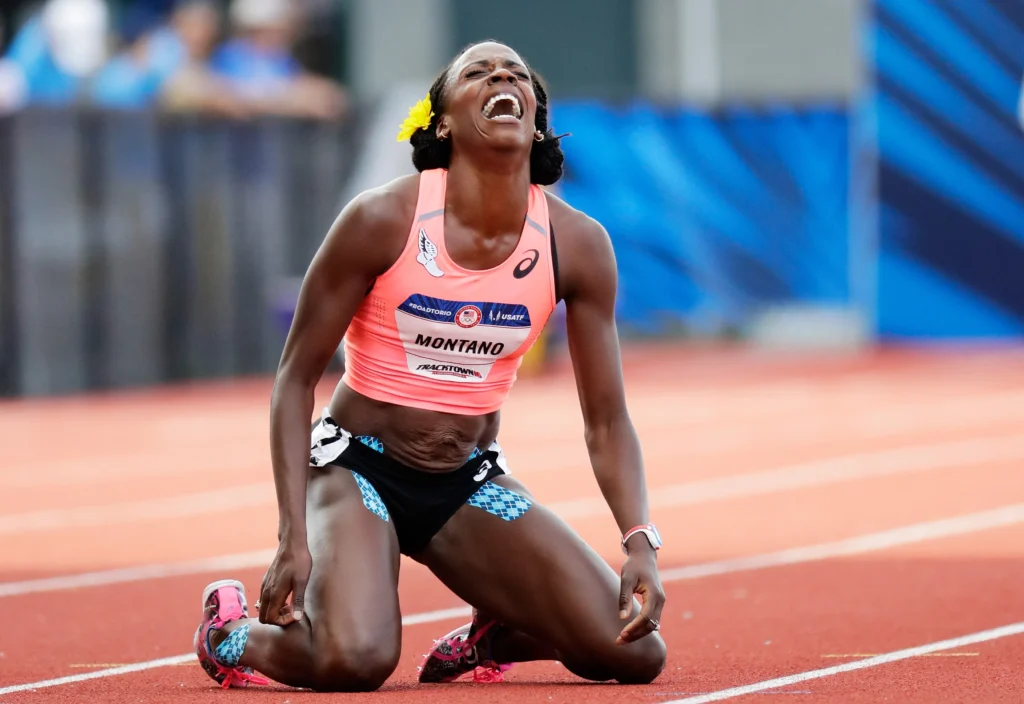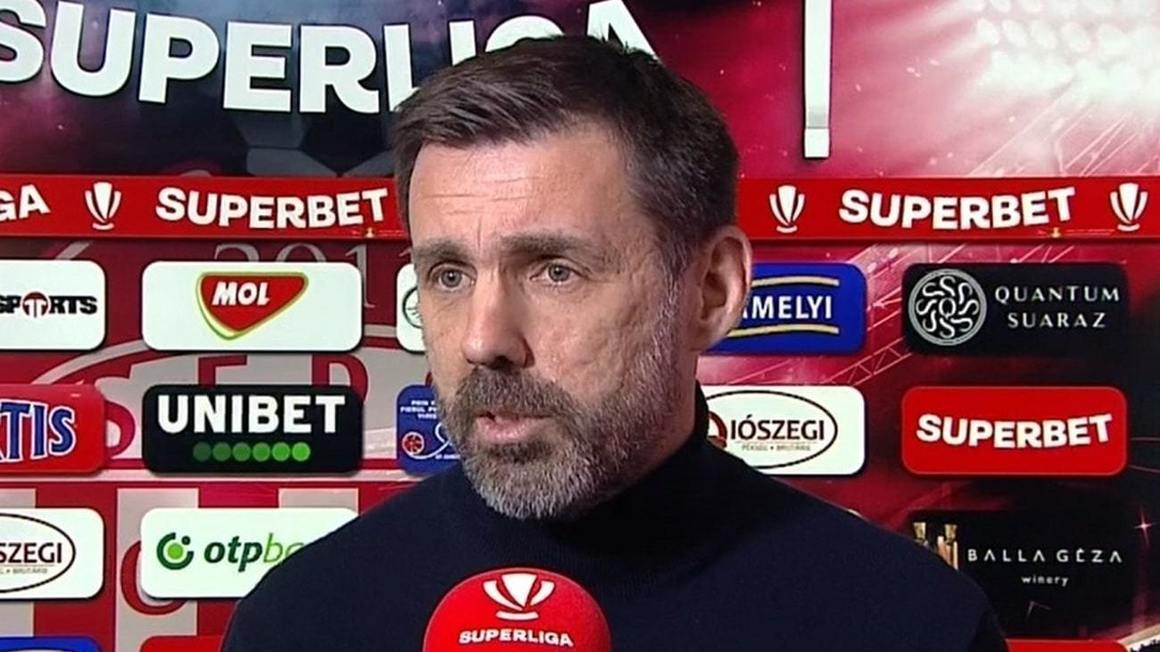
You’re a basketball player growing up in the United States. Your singular dream, voiced to anyone who will listen, is to make it to the NBA.
It’s a lofty goal. Every year, the NBA conducts its draft, slated to begin this year on June 26th, ushering approximately 60 new players into its ranks. Of course, being drafted is just the beginning; players must then prove themselves worthy of a spot on their team’s roster and vie for playing time. American players face stiff competition from international talent, which only seems to improve with each passing year.
However, even if you don’t get drafted, there’s still a pathway: entering the league as a free agent, either immediately or after stints overseas or in minor leagues. In the past NBA season alone, 572 individuals played at least one game in the league.
Now, switch gears. Imagine you’re a 100-meter sprinter growing up in the United States. Your unwavering aspiration, passionately voiced to anyone who will listen, is to compete in the Olympics. Period.
Read More: Your Guide to the Paris 2024 Summer Olympics: When and How to Watch and What to Expect
But the path to qualifying for the U.S. Olympic track-and-field team is fiercely competitive. Every four years—yes, every four years—only three 100-meter sprinters earn a spot on the U.S. Olympic team for the individual race. There’s no 60-round draft equivalent in the Olympics.
Furthermore, the United States conducts trials to select its Olympic roster, with the track-and-field trials scheduled from Friday in Eugene, Oregon, through June 30th. It doesn’t matter if you’re the reigning world champion, consistently setting records all season, or even feeling slightly under the weather on race day. The requirement remains clear-cut: finish in the top three or see your dreams deferred, if not shattered altogether.
“The dream math is so unfair,” says U.S. hurdler Kristi Castlin, who clinched bronze in the 100-meter event at the 2016 Rio Olympics. “That’s why, every day you’re out there, you’ve just got to put your blood, sweat, and tears on the line. Because once you get to those Olympic trials, it’s like the Hunger Games.”
This week and next, some of the most highly anticipated sports trials on the Olympic program—including diving, swimming, gymnastics, and track and field—are taking place. Diving trials are ongoing through June 23rd in Knoxville, Tennessee, while swimming trials, equally grueling, also conclude on June 23rd at Lucas Oil Stadium in Indianapolis, with typically only the top two finishers in most races making the Games.
The U.S. gymnastics trials commence on June 27th in Minneapolis, where only five women and five men will secure spots.
Read More: Fred Richard Is Team USA’s Next Olympic Hope for Men’s Gymnastics
The pressure is immense. “It’s mental warfare,” reflects Castlin, who missed making the finals at trials in 2012. “Physically, we’re all on the same level. It’s the time walking from the warm-up track to where they stage you underneath the stadium till you walk out and then the gun goes off. That’s where the race is won or lost.”
Ahead of the 2016 trials, Castlin focused on her attire between the semifinal and final in Eugene, describing her final outfit as her “Beyonce” uniform. “These folks are going to see you wearing this up on Hollywood Boulevard,” she affirmed. Feeling confident in her appearance, Castlin then visualized her final race. “I’m feeling good,” she recalls. “Negative thoughts couldn’t even enter my mind.” Castlin secured second place, punching her ticket to Rio.
Track and field thrives on its intensity. Athletes line up in the starting blocks, the stadium hushed in anticipation before the starting gun fires. These moments build tension for spectators and leave athletes susceptible to counterproductive thoughts. “In these sports, our bodies tense up terribly,” explains sports psychologist Shayne McGowan. “That just wrecks us.” Athletes must find a way to achieve a calm state, focusing on relaxation and controlled breathing. “Standing there at that starting block, you’re looking down the line going, ‘I own this,’” McGowan emphasizes.
Read More: Sunny Choi Is Heading to Paris for Her Sport’s Olympic Debut. Just Don’t Call It ‘Breakdancing’
American Justin Gatlin, Olympic gold medalist in the 100 meters at the 2004 Athens Games, participated in four Olympic trials. He secured a spot in the team in 2004, 2012, and 2016, but missed Tokyo three years ago due to an aggravated injury during the 100-meter trials final. (He had served a doping suspension in 2008 and won bronze in London and silver in Rio, trailing Usain Bolt.) Gatlin, who currently hosts a track-focused podcast, practiced competing in the Olympic trials mentally before facing them physically. “I would envision scenarios where I’d place my training partners in the roles of Tyson Gay, for example,” Gatlin reveals. “I contemplated how I would compete against them in the finals.”
At trials, Gatlin advises controlling the variables within one’s grasp. In the popular 2020 ESPN documentary “The Last Dance,” Michael Jordan’s team proposed that Utah Jazz fans had interfered with a pizza delivered to his Park City hotel room before Game 5 of the 1997 NBA Finals. In the famous “Flu Game,” Jordan fell ill yet still contributed 38 points, enabling Chicago to secure the win. “It was food poisoning,” Jordan claimed.




:format(webp):quality(80)/https%3A%2F%2Fliga2.prosport.ro%2Fwp-content%2Fuploads%2F2021%2F11%2Fvalentin-ticu-mario-bratu-PETROLUL-PLOIESTI-DUNAREA-CALARASI-LIGA-2-CASA-PARIURILOR-6.11.202163-1024x724.jpg)
